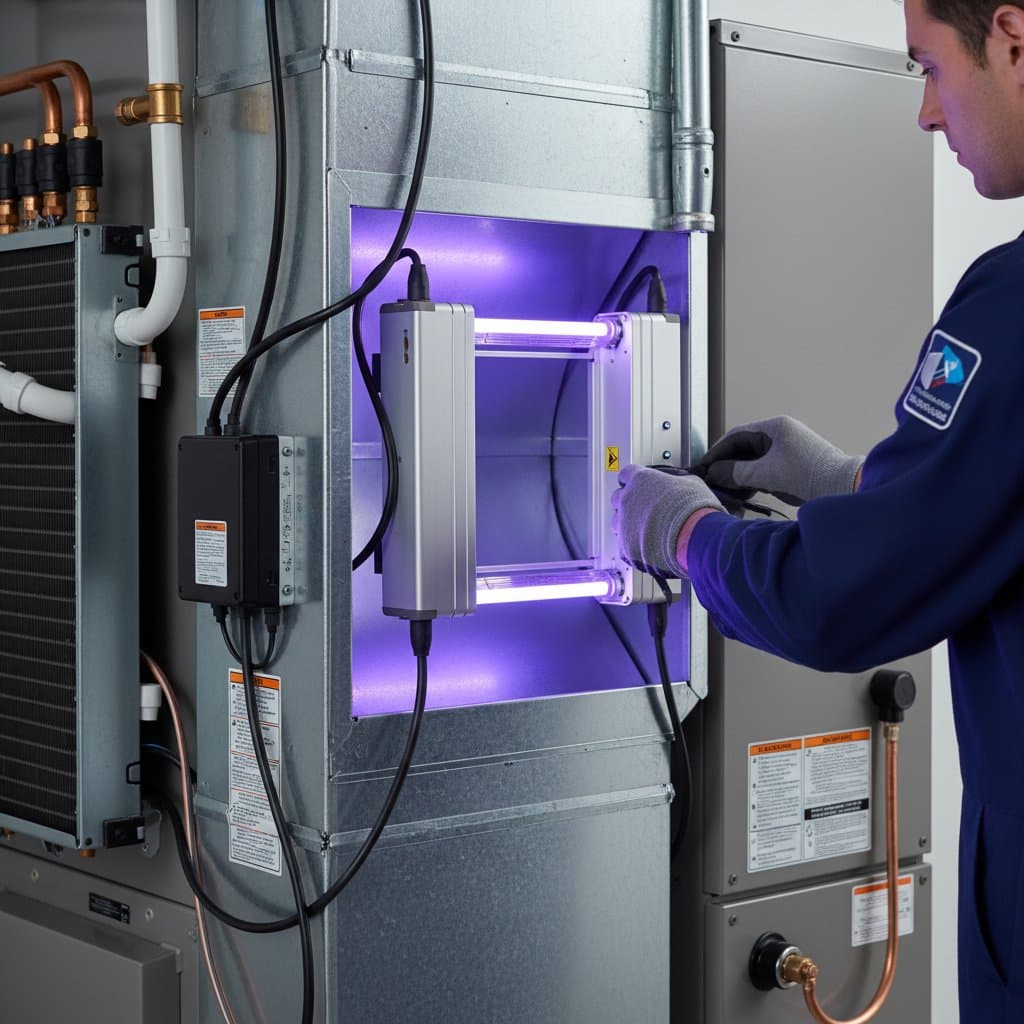Understanding the 2025 Filter Crisis and Its Impact on HVAC Standards
Supply chain disruptions and heightened awareness of indoor air quality have triggered the 2025 filter crisis. Homeowners and businesses face dwindling stocks of basic air filters, prompting a swift pivot toward more robust options. MERV 13 filters, rated for capturing 90 percent of particles between 1.0 and 3.0 microns, now serve as the benchmark for effective HVAC performance.
This shift stems from global manufacturing delays and surging demand for filtration solutions post-pandemic. Lower MERV-rated filters, such as MERV 8 or 11, often fall short in addressing fine particulates like smoke or viruses. As a result, HVAC professionals recommend MERV 13 as a balanced choice that maintains airflow without overburdening systems.
Key Reasons MERV 13 Filters Address the Current Challenges
Navigating Supply Chain Constraints
Manufacturers have redirected production lines to prioritize filters that align with updated building codes and health guidelines. Basic filters vanish quickly from retailers, leaving MERV 13 models as the most accessible alternative. These filters undergo rigorous testing to ensure consistent particle capture, reducing the risk of system clogs during peak seasons.
Businesses in high-occupancy sectors, like offices and schools, benefit from this availability. Stocking MERV 13 filters in bulk allows facility managers to avoid downtime. For residential users, online suppliers often guarantee delivery within days, minimizing exposure to shortages.
Enhancing Health Through Superior Filtration
Indoor air contains a mix of allergens, pet dander, and microbial threats that lower-rated filters overlook. MERV 13 filters excel at trapping these elements, with efficiency rates far surpassing MERV 8 options, which capture only about 70 percent of similar particles. Families with respiratory conditions notice fewer symptoms after installation.
Public health experts emphasize the role of such filters in reducing viral transmission risks. In urban areas with poor outdoor air, MERV 13 integration creates a protective barrier inside. Regular replacement every 60 to 90 days maximizes these benefits, fostering environments where occupants thrive.
Protecting and Extending HVAC Longevity
Dust accumulation strains blowers and coils, leading to premature failures in HVAC units. MERV 13 filters mitigate this by removing debris before it reaches sensitive components. Technicians report up to 20 percent longer system life with consistent use of high-efficiency filters.
Energy efficiency improves as cleaner coils facilitate better heat exchange. Homeowners see lower utility bills, often by 10 to 15 percent annually. Pairing MERV 13 with smart thermostats optimizes performance, ensuring even distribution of conditioned air throughout the home.
Strategies for Sustaining Air Quality Amid Shortages
Essential Maintenance Practices
Homeowners should inspect filters monthly, replacing them promptly to prevent reduced efficiency. Cleaning around return vents removes surface dust that could bypass filtration. Professional duct cleaning every two years clears deeper buildup, complementing filter efforts.
In larger homes, zoning systems allow targeted filtration in bedrooms or living areas. Monitoring indoor humidity levels below 50 percent discourages mold growth, easing the load on filters.
Supplementary Filtration Solutions
Portable HEPA purifiers handle rooms where central systems struggle, such as kitchens prone to cooking fumes. These devices capture ultrafine particles that even MERV 13 might miss. For businesses, combining MERV 13 with UV lights in ducts neutralizes pathogens at the source.
Educating household members on habits like removing shoes at the door cuts tracked-in pollutants. Plants with natural air-cleaning properties, like spider plants, add a low-tech layer of support.
Proactive Purchasing and System Upgrades
Anticipate needs by calculating filter sizes based on HVAC model specifications. Subscribing to auto-delivery services ensures a steady supply. Upgrading to variable-speed blowers accommodates MERV 13 without airflow drops.
Consulting certified technicians during annual tune-ups reveals compatibility issues early. Budgeting for premium filters pays off through fewer repairs and healthier living spaces.
Securing Lasting Benefits from MERV 13 Adoption
Embracing MERV 13 filters positions HVAC systems for resilience against future disruptions. This upgrade not only counters the 2025 shortage but also aligns with evolving standards for sustainable indoor environments. Homeowners who act now enjoy cleaner air, operational savings, and dependable comfort year-round.





